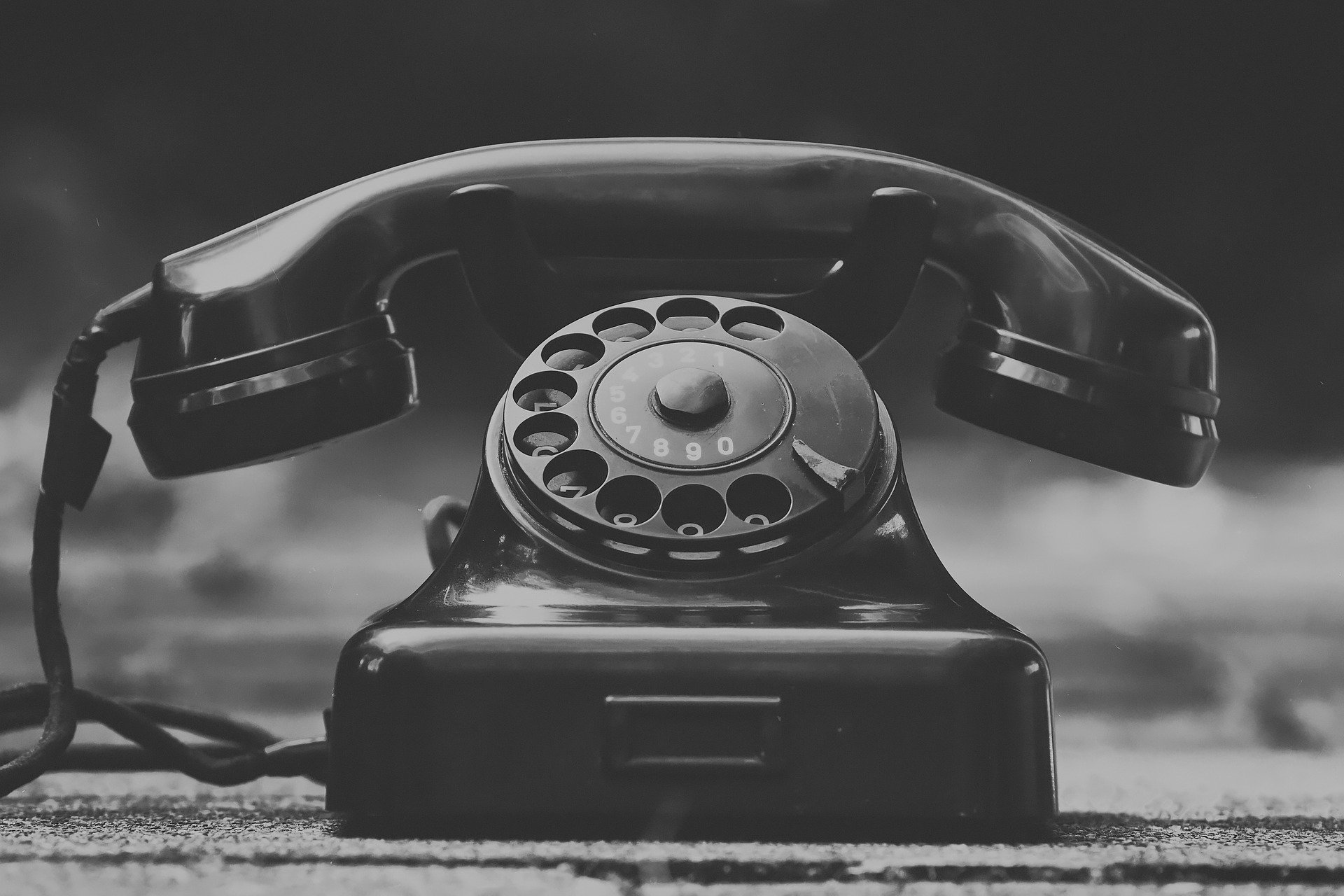If your job requires the regular use of the telephone to liaise with customers and colleagues, then you need to get the best from every call.
How can you ensure this? The abbreviation PARSAC provides a handy framework to follow when dealing with incoming calls:
Prepare
Are you fully prepared when the phone rings? Make sure you have all the necessary resources: a telephone (obviously very helpful), a pad and a pen to make notes, useful information on computer screens, product information, price lists, manuals and brochures, and anything you might need to supplement the knowledge you already have stored in your brain.
Answer
The phone is ringing – time to answer! You have half a nanosecond to make a good first impression – the right words delivered in the right way. Most companies have a suggested script when it comes to answering the phone, e.g. ‘Good morning/afternoon, company name & department, your name speaking, how can I help?’
This salutation is your verbal handshake and it’s very important! Make sure you smile when you answer; it helps to vary the tone in your voice and makes you sound friendly and willing to help. Speak slowly and clearly – because you have said the opening greeting hundreds of times you tend to speed up, but the caller is hearing it for the first time, so slow down.
Reason
Why are they calling? Let’s establish the reason for the call. Many callers will be quite forthcoming and are happy to explain their needs, but even with them you will need to ask a few questions to confirm your understanding.
If you need lots of information regarding their situation, open questions are the way to go – the information gatherers! If you just need to confirm a few specifics to tie up loose ends, then closed questions will serve you well, prompting short, one or two word answers, e.g. yes or no, Monday or Tuesday etc.
Summarise
Ask your questions, then use active listening to prove to the caller that you have understood. As you are on the phone, nodding as they speak will be of little value, so use verbal indicators as they explain (uh huh, gotcha, I see) and then reflect back the key points by summarising or paraphrasing what they have said:
‘Ok, so let me check my understanding here. What you’re saying is that…’
This reassures them that you have been listening, and reassures you that you have listened correctly.
Action(s)
Now that you have gained confirmation from the caller that you fully understand their needs, you can start discussing possible solutions and the actions you will take on their behalf: ‘So, based on what we’ve discussed, here’s what I’m going to do for you. First, I’ll check with my manager that…’
Close
The call may have started well, now you need to make sure it ends well too. If applicable, you might want to give a recap of the call, confirming what has been discussed and agreed. Ask the caller if there is anything else they need help with or they would like to ask you about their situation (an opportunity to do more business with them!), then end the call with a cheery goodbye and let them hang up first, so you know the call is definitely over.
Conclusion
To handle incoming calls effectively, follow the PARSAC framework: Prepare thoroughly so you’re ready when the phone rings, and answer promptly with a smile and a good verbal handshake. Establish the reasons for the call through effective questioning and summarise the main points back to the caller to gain their confirmation. Now you can agree the actions you’re going to take for them, and then close the call so you can get on with the work. Good call!

